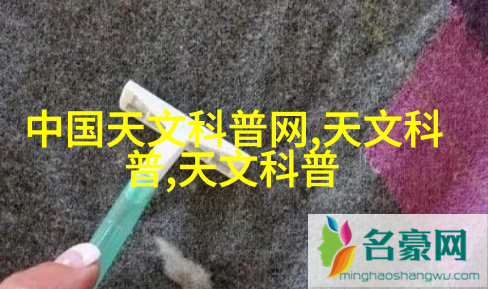企业级中后台系统UI设计案例分析以Element为例
在数字化转型的浪潮中,企业级中后台系统的用户界面(UI)设计成为了提升工作效率和用户体验的关键因素。Element UI作为一个流行的前端组件库,提供了一系列易于集成、可定制且强大功能的组件,以满足不同应用场景下的需求。本文将通过深入分析Element UI在中后台系统中的应用实践,以及其特点和优势,为读者提供一个全面的视角。

Element UI概述
首先,我们需要了解Element UI是什么,它是由Eleme项目团队开发的一个基于Vue.js生态构建的一套前端UI组件库。它致力于为开发者提供一套简洁、标准且易于使用的基础部件,并以此来提高Web页面开发效率。在选择Element UI进行企业级中后台系统UI设计时,其主要考虑因素包括模块化、响应式布局、高度定制性以及与其他第三方库兼容性等。

Element UI在企业级中后台系统中的应用
1. 简洁直观的信息展示

Enterprise-level systems typically require a clean and intuitive design to present information in an organized manner. The data table component provided by Element, for example, allows users to view and manage large datasets with ease.
2. 强大的搜索功能

The search functionality is crucial in enterprise applications where users need to quickly locate specific records or perform complex queries. The el-input component offered by Element provides various options for customizing the search input field.
3. 高效操作处理

To ensure efficient workflow management, enterprise applications often require rapid access to essential functions such as creating new records or editing existing ones. The el-button component of Element can be used to create visually appealing buttons that trigger desired actions.
4. 灵活配置权限管理
In large-scale enterprises, role-based access control (RBAC) is vital for ensuring security and compliance with regulatory requirements. The customizable layout features within the el-container component enable developers to tailor the application's structure according to different user roles.
结合案例分析
Let's take an example of a fictional company called "GreenTech Inc." that uses an enterprise-level system built using Vue.js with the support of Element components:
Dashboard: GreenTech Inc.'s dashboard utilizes multiple widgets from the element library like charts (<el-chart>), tables (<el-table>) and graphs (<el-line-chart>). These components help provide real-time insights into key performance indicators (KPIs) across various departments.
Data Management: In this section, we find extensive use of <el-form> elements allowing employees easily navigate through forms related tasks such as adding new customers or updating order status.
User Profile: Personalized settings are made possible thanks to <el-switch>, which enables users adjust their preferences regarding notifications or display settings without needing technical assistance.
Communication Tools: Collaboration between team members is facilitated through elements like <e-chat>, providing instant messaging services between colleagues while keeping all communication history recorded on one platform.
结论
In conclusion, applying Enterprise Level Systems Design Principles utilizing Elements provides companies like GreenTech Inc., superior productivity tools tailored towards enhancing efficiency while maintaining consistency across its user interface designs throughout its digital ecosystem infrastructure implementation processes – thus contributing significantly towards optimizing overall work environment quality experience enhancement strategies undertaken by organizations today’s competitive business landscape challenges contextually applicable technological advancements more effectively than ever before now & future generations alike will benefit from these cutting-edge solutions!